Too often when we’re having those initial chats with clients, we ask about their conversion set-up and get a blank look back. If we’re going to work on a business’s website, we need to know what metrics to track our progress with.
Now, we love getting deep in the data over here at TFG, but there is also such a thing as too much – too much data, too much irrelevant information. A 600% increase in social media followers is fantastic progress, but if you never make any sales or get any engagement from those followers – it’s looking less than ideal. Whereas a 20% increase in click-through-rate could result in a noticeable bump in sales.
So, let’s nail your conversion goals to start collecting relevant data.
Identifying Meaningful Conversion Goals
If you don’t track any conversions, you’re running your business blind. Yes, if you have a basic analytics set up you’ll see users, pageviews, bounce rate, and so on. But what are these people doing on your site? What do you want them to do when they are on your website? Not knowing these, means you can’t work out where things are going wrong and where you can make improvements. Without clearly defined conversion goals, businesses risk wasting time and resources on activities that yield minimal return on investment.
This is where defining conversion goals becomes really important. They need to:
- Be specific and relevant to your business. Where and how are your sales made? Are they on your website itself? In which case, you can set up the transaction as a conversion - in some cases this is already done for you.
- Consider the whole picture. There might be some key points before the purchase that should also be classed as conversions. Look at the timeline of a sale and work out where those “crunch” moments are where a customer gets nudged a little further along the process.
- Not apply a one-size fits all solution. Every business is unique, so its conversion goals should be too. Factors like industry, target audience, and business objectives should always be considered when choosing your conversion goals. For instance, an e-commerce retailer would want to prioritise metrics like online purchases and cart abandonment rates, while a SaaS company might focus on free trial sign-ups and subscription renewals.
- Be different in different areas of the website. A blog, for example, might purely exist to get the user to sign up to a specific campaign. Think about these areas across the whole site, but prioritise your main pages.
Understanding Vanity Metrics
Vanity metrics are goals that don’t actually provide meaningful results for your business. These are things like increased traffic, social media follows, newsletter subscribers. They are all great things to be achieving growth in, but are they actually translating into sales?
You’ll often hear the phrase actionable metrics vs vanity metrics and it’s a good way to differentiate them. Actionable metrics offer clear guidance on what steps to take to improve performance or achieve a desired outcome. They are typically relevant to the core objectives and goals of a business or project.
Tips for Avoiding Vanity Metrics
- Look at the most recent figures you’ve reported on and ask if they are truly aligned to your business goals. If not, you need to go through your user journey to pick out those relevant moments.
- Don’t rely on headline figures offered up by platforms and deep dive into the data - you might need to create custom metrics to see the whole picture.
How to Set Up Conversion Goals in GA4
Once you’ve determined your conversion goals, you need to make sure you can track them. Setting them up in GA4 is the best way to start, as this way you can look at different pages and areas of the site and see how they are performing against different conversions.
Helpfully, Google recently changed their terminology from “conversions” to “key events”. So in this blog, we’ll use these two interchangeably.
Define Conversion Events:
- In GA4, conversion tracking is event-based. This means you need to define specific events that represent conversions on your website - “key events”.
- Common events include "Purchase" for e-commerce transactions, "Lead" for form submissions, "Signup" for account registrations, etc.
- You can use predefined events provided by GA4 or create custom events tailored to your specific conversion goals. If setting up custom events the data just needs to be trackable by GA4, either from data it’s already collecting or through something like Google Tag Manager.
- Key event settings can be found in the admin section under “data display”.
Test and Verify:
- After setting up conversion tracking and event tracking, thoroughly test your implementation to ensure that events are being recorded accurately in GA4.
- Use Google Analytics' Real-Time reports to verify that events are being tracked in real-time as users interact with your website.
Keeping Conversion Goals Front of Mind
Setting conversion goals is just the first step; maintaining focus on these goals requires ongoing commitment. You should be tracking conversions against major areas of the website, and stepping in if conversion rates begin to fall. Don’t just set them up and forget they exist – use them to underpin your strategy wherever you can.
Review Existing Conversions
If the one thing you take away from this blog is to review your existing conversion goals, we’ll take that as a win. It’s so easy to get stuck in a rut of tracking the “big” numbers, when there are far more important data points that could be used. If you do follow the whole process, we know your website and business will be all the stronger for it.
Plus, getting your conversions set up properly will help your sales across the whole funnel. What funnel? Dive in here to see how to nail full-funnel marketing.






